Have you ever heard of the Montessori abacus? If you are a parent, you have probably heard of the Montessori abacus and how it can be a valuable tool for improving children’s maths skills. In this article, we will explore in depth what the Montessori abacus is, how it works and why it can be beneficial for your child. We will also discuss how you can use the Montessori abacus at home and what specific maths skills it can help develop.
What is the Montessori abacus?
The Montessori abacus is a calculation tool used in Montessori pedagogy to teach mathematical skills to children. It was developed by Maria Montessori, an Italian educator and physician who believed in a child-centred approach to education and learning through hands-on experience.
It is a tool that allows children to manipulate physical objects to visualise and understand abstract mathematical concepts. It consists of a series of coloured beads on rods, arranged on a wooden frame. There are ten beads on each rod, five of one colour and five of another. The beads represent numerical values from 1 to 9 and are used to perform mathematical operations such as addition, subtraction, multiplication and division.
How does it work?
The Montessori abacus functions as a visualisation tool that helps children understand abstract mathematical concepts. Children can move the beads on the rods to count, add, subtract, multiply and divide. They can also use the abacus to perform more complex mathematical operations, such as square roots and fractions.
In addition to basic mathematical operations, the Montessori abacus can also help children develop skills such as concentration, hand-eye coordination and short-term memory.
Why can the Montessori abacus be beneficial for your child?
There are several reasons why the Montessori abacus can be beneficial for your child:
1. It helps children visualise abstract mathematical concepts.
Many children have difficulty understanding abstract mathematical concepts. The abacus allows them to visualise mathematical concepts in a tangible and concrete way, which helps them to understand them better.
2. Encourages the development of fine motor skills
Using the Montessori abacus requires fine motor skills, such as hand-eye coordination and precise finger movement. These skills are important for your child’s overall development. In this way, children also develop counting skills, as by moving the beads on the abacus, children learn to count sequentially and identify the different units.
3. Helps develop concentration and memory skills
Using the abacus requires concentration and short-term memory. Children must pay attention to what they are doing and remember the steps needed to perform a mathematical operation. These skills are important for your child’s academic and personal success.
4. Encourages coordination and stimulates creativity
Using the abacus requires good dexterity to move the beads and perform mathematical operations, thus encouraging coordination and motor skills. Children can also use the abacus to create patterns and figures with the beads, which stimulates their creativity and logical thinking.
How is the Montessori abacus used in our classrooms?
In our Montessori educational centre in Valencia, we use the Montessori abacus in our maths classes from the age of 3. Children learn to count, to perform basic mathematical operations and to understand the relationship between numbers through the manipulation of the abacus and the rods. In addition, the Montessori abacus is also used to teach geometry concepts and patterns, encouraging children’s creativity and logical thinking.
In conclusion, the Montessori abacus is a very useful and valuable educational tool for children to learn mathematics in a visual and tangible way. In addition to improving their mathematical skills, the Montessori abacus can also help them develop attention, concentration and memory skills.











